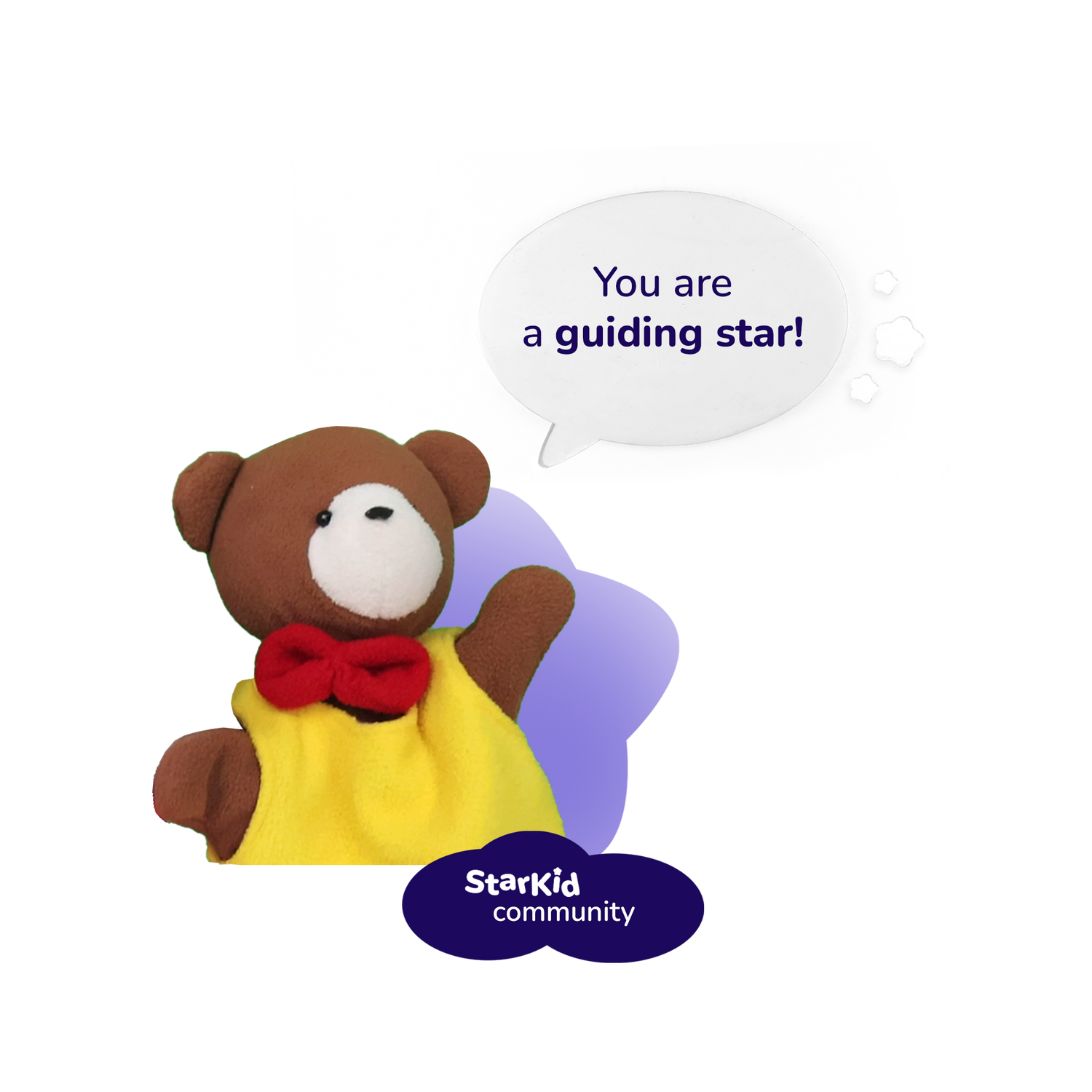Introduction
Early detection of autism can make a significant difference in a child's development. Recognizing the early signs allows parents to seek timely interventions and support. This post discusses the early signs of autism, the steps to take once they are noticed, and the resources available for parents.
Recognizing Early Signs
Autism manifests differently in each child, but common early signs include:
- Delayed Speech: Lack of babbling or speaking by age 2. Some children may have a sudden loss of previously acquired speech and social skills.
- Social Interaction Difficulties: Limited eye contact, lack of interest in peers, or not responding to their name. They might prefer solitary play or have trouble understanding social cues.
- Repetitive Behaviors: Repetitive movements like hand-flapping, rocking, or lining up toys. These behaviors can be soothing mechanisms or ways to express needs.
- Sensory Sensitivities: Over- or under-reacting to sensory input (sounds, textures, lights). They might seek out certain sensory experiences or avoid them entirely.
Detailed Signs to Look For
- Communication Challenges: Difficulty starting or maintaining conversations. They may use few gestures or facial expressions.
- Behavioral Patterns: Unusual attachment to routines or rituals, becoming distressed when they are disrupted.
- Play Differences: Preference for playing alone, limited imaginative play, or repetitive use of objects.
Seeking Professional Help
If you notice any of these signs, consult a pediatrician or a child psychologist. They can conduct evaluations to determine if your child is on the autism spectrum. Early intervention programs, such as speech therapy and occupational therapy, are crucial.
Steps to Take
- Schedule an Evaluation: Contact your pediatrician to discuss your observations and request a referral for a specialist.
- Get a Diagnosis: Specialists may include developmental pediatricians, child neurologists, or child psychologists who conduct assessments and provide a diagnosis.
- Explore Early Intervention Programs: These programs offer services like speech therapy, occupational therapy, and behavioral interventions tailored to young children.
Support and Resources for Parents
- Therapies: Applied Behavior Analysis (ABA), speech therapy, occupational therapy. These therapies can be customized to address specific needs and goals.
- Support Groups: Autism Speaks, The National Autism Association. These organizations offer a wealth of resources, including support networks, informational guides, and advocacy tips.
- Educational Resources: Books like “Uniquely Human” by Dr. Barry Prizant and websites like Autism Navigator.
Importance of Early Intervention
Early intervention can significantly improve outcomes for children with autism. It helps develop essential skills, reduce symptoms, and promote independence. Studies show that children who receive early intervention services often make substantial progress.
Conclusion
Recognizing early signs of autism and seeking professional help can significantly improve a child's development and quality of life. Early intervention and supportive resources are key to navigating this journey. Parents are encouraged to trust their instincts, seek out resources, and advocate for their child's needs.


